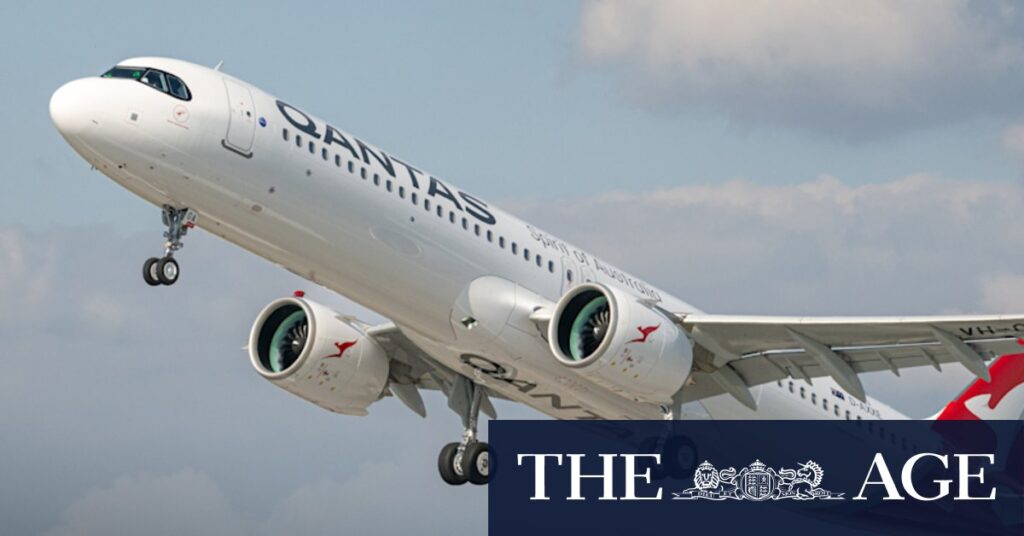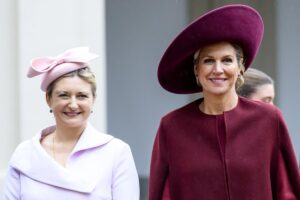
Qantas passengers will notice a host of new features on domestic flights starting Thursday as the airline launches its new Airbus A321XLR aircraft. This marks a significant step in the Qantas Group’s multibillion-dollar fleet overhaul, with the first two aircraft, named Outback Way (VH-OGB) and Great Ocean Road (VH-OGA), making inaugural flights from Sydney to Perth and Sydney to Melbourne.
The new Airbus A321XLRs are set to replace Qantas’ ageing Boeing 737s. Passengers can expect wider economy seats, larger windows, and fast, free Wi-Fi. A notable improvement is the introduction of larger overhead bins, offering 60% more baggage space, addressing a common passenger concern.
Last month, Qantas announced an order for an additional 20 A321XLRs, increasing its total Airbus orders to 48 aircraft. This move is part of an accelerated fleet renewal program aimed at enhancing capacity and efficiency.
Expanding Horizons with Extended Range
The A321XLR’s extended range of 8700 kilometers, over 3000 kilometers more than the 737, opens up new possibilities for both domestic and short-haul international routes. While specific international routes have yet to be confirmed, Qantas domestic chief executive Markus Svensson highlighted potential destinations in South-East Asia and the Pacific Islands.
Qantas CEO Vanessa Hudson has previously indicated that the new aircraft could lead to an increase in routes to South-East Asia, with Perth-India being a potential addition. The aircraft’s increased range and efficiency are seen as pivotal in expanding Qantas’ network.
Enhanced Passenger Experience
The A321XLR is five meters longer than its predecessor and boasts lower carbon emissions per seat. It can accommodate 197 passengers, with 20 business class seats and 177 economy seats, marking a 13% increase in seat capacity. Importantly, this increase does not compromise space between seats, with economy seating remaining unaffected and business class passengers enjoying 66% more legroom.
Business class seats feature a pitch of 37 inches, a recline of five inches, and a six-way adjustable headrest, among other amenities. Economy seats are wider at 17.6 inches and include extra cushioning and dual USB charging ports. The aircraft’s design incorporates new materials and a refreshed color scheme, enhancing the overall passenger experience.
Future Fleet Developments
While the A321XLRs on domestic routes will not have seatback screens, Qantas plans to equip 16 of the new aircraft with entertainment screens for longer routes, including transcontinental flights and short- to medium-haul international routes. This aligns with Project Winton, Qantas’ largest domestic fleet renewal initiative, announced in 2022 but delayed due to COVID-related supply chain disruptions.
Qantas is expected to receive its third A321XLR, Seven Peaks Walk (VH-OGC), in November, with seven aircraft scheduled for rollout before the end of the financial year. This development underscores Qantas’ commitment to modernizing its fleet and improving passenger comfort.
Industry Context and Competition
In a related development, Virgin Australia recently took delivery of its first Embraer 190-E2 narrow-body jet. This new aircraft will primarily service charter routes and support regional routes in Western Australia, including destinations like Darwin and Broome. The introduction of these new aircraft by both Qantas and Virgin Australia highlights the competitive landscape in the Australian aviation industry.
The launch of the A321XLRs is a significant milestone for Qantas, as it seeks to enhance its operational efficiency and expand its route network. As the airline continues to modernize its fleet, passengers can look forward to improved comfort and connectivity on both domestic and international flights.






